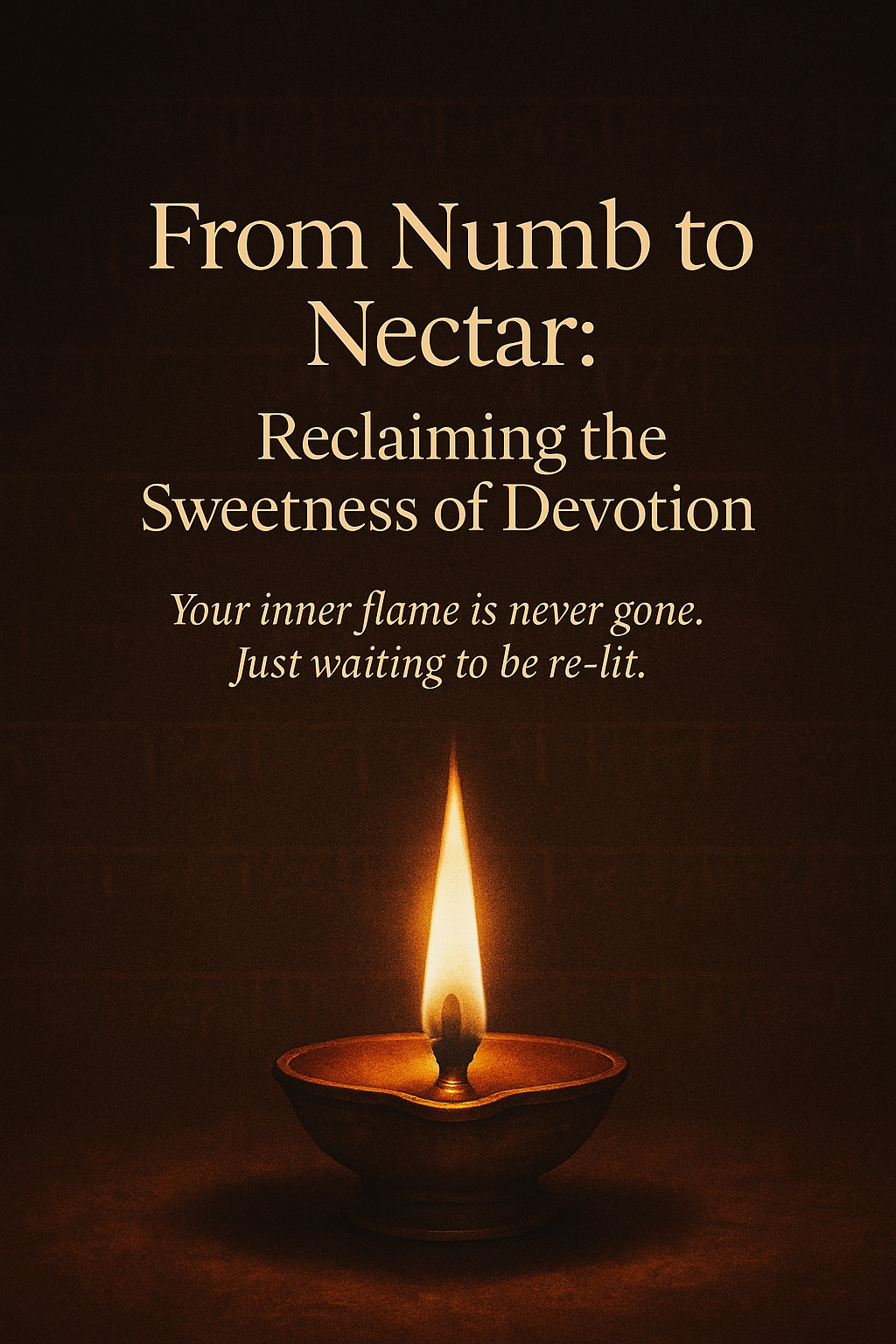When it comes to dating, love, and making important life decisions, emotions often take center stage. But what if there was a mathematical formula to help you decide when to commit to the right person? Enter the 37% Rule—a concept from optimal stopping theory that suggests the best time to choose a partner (or make a major decision) is after evaluating 37% of your options.
Sounds logical? Let’s break it down.
What Is the 37% Rule?
The 37% Rule is a mathematical strategy for making decisions when you don’t know in advance what your best option will be. It suggests that the optimal time to make a choice is when you have reviewed 37% of your available options.
Applied to dating, this means:
🔹 If you plan to seriously date between the ages of 18 to 40 (a 22-year window), you should spend the first 37% (about 8 years) exploring your options without committing.
🔹 Once you reach age 26, you should start seriously considering long-term commitment with the next person who is better than all the previous ones you’ve dated.
🔹 Once you reach age 26, you should start seriously considering long-term commitment with the next person who is better than all the previous ones you’ve dated.
💡 Why? Because before 37%, you haven’t gathered enough information to recognize the best choice. But after 37%, your chances of finding the best person start to decline.
Why Does This Work?
Mathematicians and scientists have studied optimal stopping theory in various fields—from hiring decisions to apartment hunting—and found that waiting too long reduces your chances of finding the best option, while committing too early increases the risk of missing out on better choices.
In dating, the 37% Rule helps balance exploration and commitment:
✔ Before 37% → You gather information, learn about yourself, and identify patterns in relationships.
✔ At 37% → You are experienced enough to recognize what truly matters.
✔ After 37% → Your chances of making the best choice start to decline as options decrease.
✔ At 37% → You are experienced enough to recognize what truly matters.
✔ After 37% → Your chances of making the best choice start to decline as options decrease.
How to Apply the 37% Rule in Dating
1. Use the First 37% of Your Dating Life to Learn
Instead of rushing into commitment, use your early dating years to:
✔ Understand what you truly value in a partner
✔ Identify red flags and deal breakers
✔ Recognize patterns in your relationships
✔ Understand what you truly value in a partner
✔ Identify red flags and deal breakers
✔ Recognize patterns in your relationships
2. When You Reach 37%, Shift Your Focus to Commitment
Once you’ve dated enough people to know what works and what doesn’t, start looking for the best partner among those who follow—one who is better than anyone you’ve previously dated.
3. Avoid the “Grass is Greener” Trap
After passing the 37% mark, if you keep searching endlessly for someone better, you might end up never committing at all. Recognize when you’ve found someone truly great and stop chasing an illusion of perfection.
4. Adapt the Rule to Your Own Life
The 37% Rule is a guideline, not a rigid formula. Some people find their best partner earlier, some later. The key is balancing learning with decision-making, rather than endlessly searching.
Final Thoughts: Love + Math = Smarter Decisions
Love may be emotional, but mathematics offers wisdom. The 37% Rule isn’t about reducing romance to numbers—it’s about making better choices based on timing and experience.
💡 Lesson: Explore, learn, and when the time is right—commit wisely.
💬 What do you think? Does the 37% Rule make sense in dating? Share your thoughts below! ❤️


0 Comments